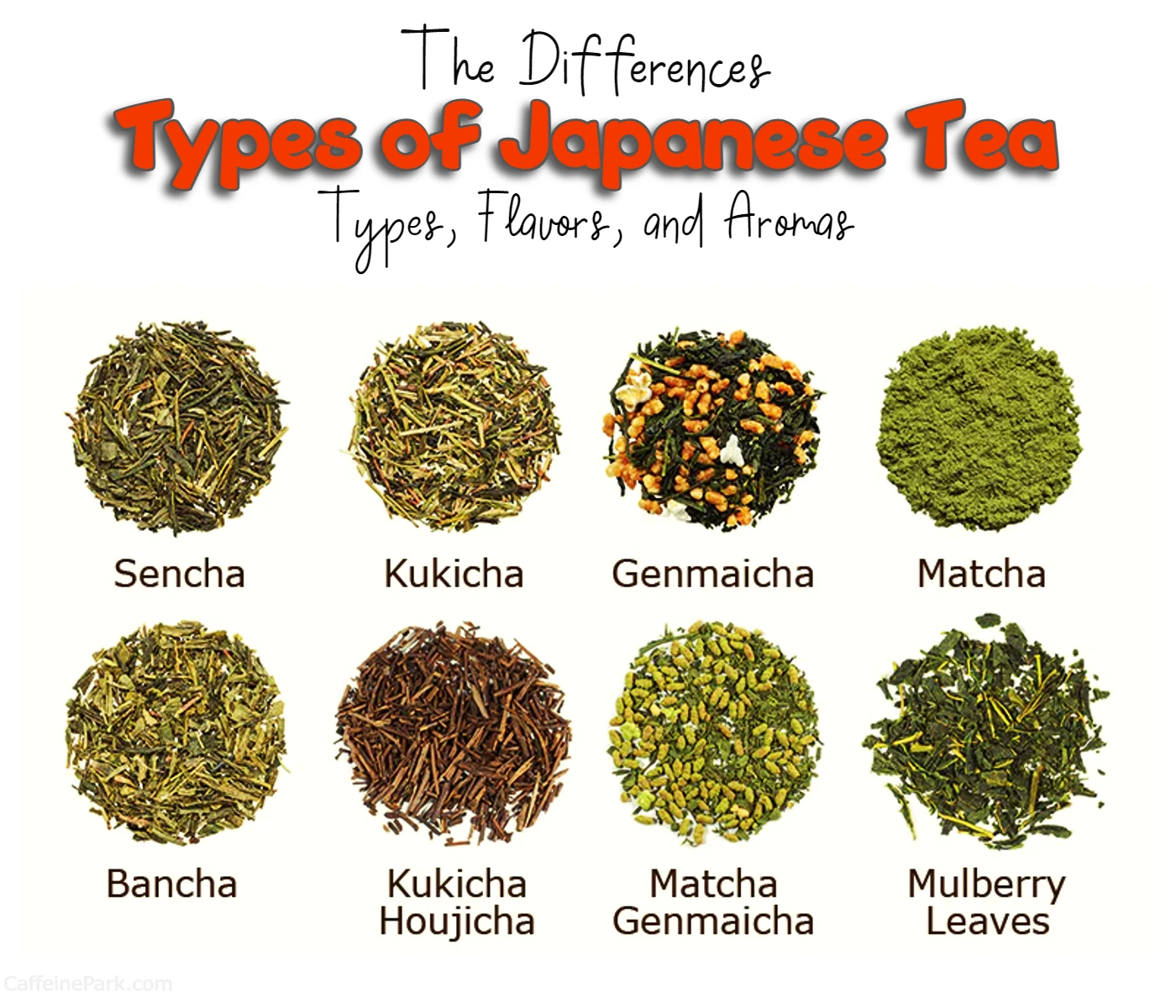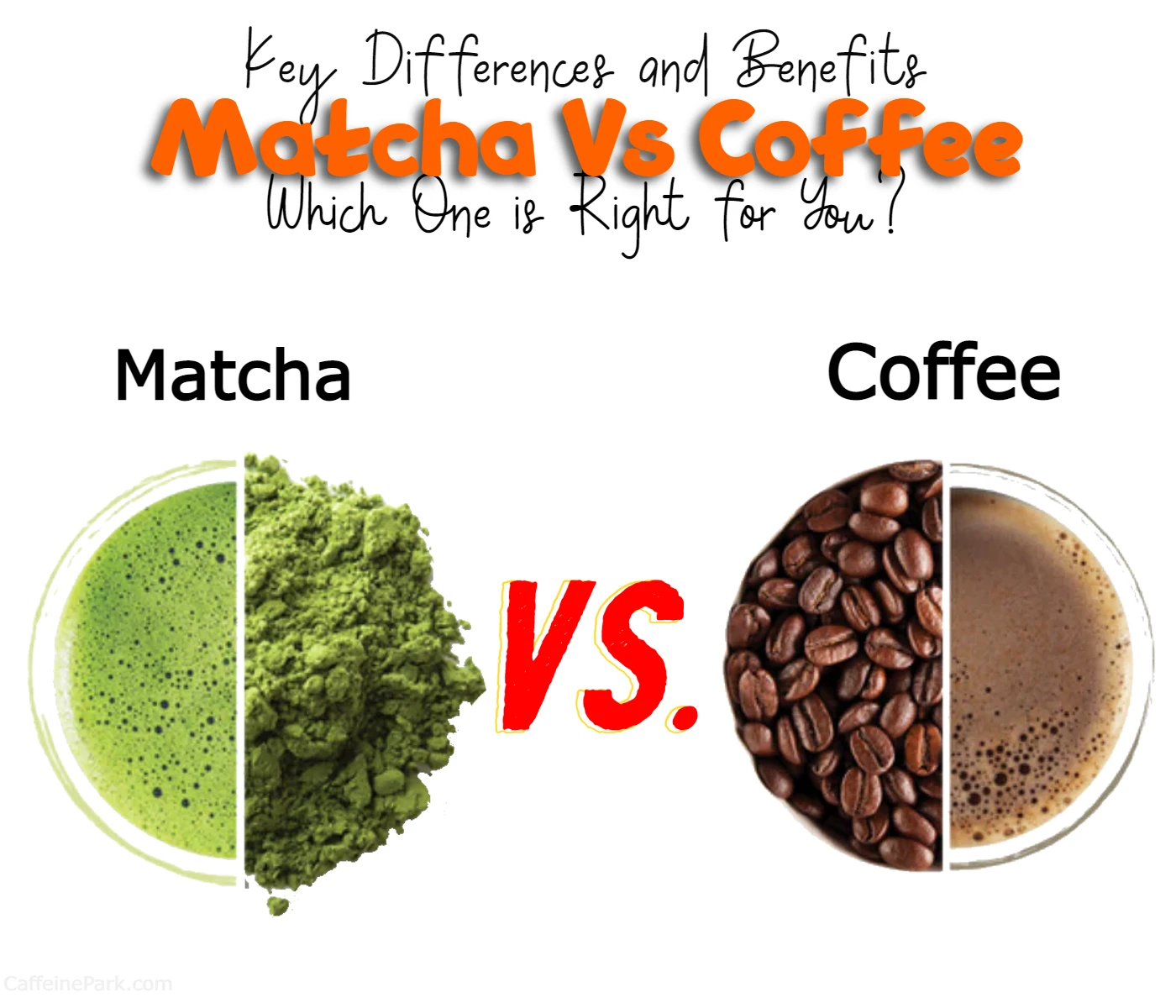
Welcome to my blog about the diverse and flavorful world of Japanese tea! If you’re a tea enthusiast or just starting to explore the world of tea, you’ve come to the right place. In this blog, we will dive into the different types of Japanese tea and discover their unique flavors and aromas.
Japanese tea has a long and rich history, dating back to the 9th century when tea seeds were first brought to Japan from China. Today, Japanese tea is enjoyed by people all over the world, and each type of tea offers its own unique taste and health benefits.
Whether you prefer the mild, grassy flavor of sencha, the nutty sweetness of Hojicha, or the robust flavor of black tea, there is a Japanese tea out there that is perfect for you. So sit back, relax, and join me as we explore the diverse and delicious world of Japanese tea. Don’t forget to read until the end of the blog for a special surprise!
Japanese Green Tea
Green tea is the most popular type of Japanese tea. It is made from the leaves of the Camellia sinensis plant, which is grown in Japan. The leaves are steamed and dried, which gives the tea its distinctive flavor and aroma.
There are many different types of green tea, each with its own unique flavor and aroma. Some of the most popular types of green tea include:
Sencha
Sencha is the most commonly consumed type of green tea in Japan. It has a mild, grassy flavor and a refreshing aroma. Sencha is made from the top leaves of the Camellia sinensis plant, which are steamed and then rolled into thin, needle-like shapes.
Gyokuro
Gyokuro is a premium variety of green tea that is grown in the shade for several weeks before being harvested. This gives the tea a unique flavor and aroma, with a delicate sweetness and a vegetal taste. Gyokuro is often served on special occasions, such as weddings or tea ceremonies.
Japanese Matcha
Matcha is a finely ground powder made from shade-grown tea leaves. It is used in Japanese tea ceremonies and is also used as an ingredient in cooking and baking. Matcha has a strong, bitter flavor and a bright green color.
Japanese Hojicha
Hojicha is a type of roasted green tea that has a nutty, caramel-like flavor. It is made by roasting the leaves of the Camellia sinensis plant at a high temperature, which causes the leaves to turn brown. Hojicha is low in caffeine and is often consumed in the evening.
Japanese Genmaicha
Genmaicha is a type of green tea that is mixed with roasted brown rice. The rice gives the tea a nutty, popcorn-like flavor, and also helps to reduce the caffeine content of the tea. Genmaicha is often served with meals and is a popular tea for children.
Japanese Oolong Tea
Oolong tea is a type of tea that is partially fermented, which gives it a unique flavor and aroma. It is made from the leaves of the Camellia sinensis plant and is often described as being somewhere between green tea and black tea in terms of flavor.
There are several different types of oolong tea, each with its own unique flavor and aroma. Some of the most popular types of oolong tea include:
Wuyi Rock Tea
Wuyi rock tea is a type of oolong tea that is grown in the Wuyi Mountains in China. It has a rich, complex flavor and a floral aroma. Wuyi rock tea is often considered to be the finest oolong tea in the world.
Tie Guan Yin
Tie Guan Yin is a type of oolong tea that is grown in the Fujian province of China. It has a sweet, floral flavor and a rich, creamy aroma. Tie Guan Yin is often served in Chinese restaurants and is a popular tea in China.
Japanese Black Tea
Black tea is a type of tea that is fully fermented, which gives it a strong, robust flavor and a dark color. It is made from the leaves of the Camellia sinensis plant and is often served with milk and sugar.
There are several different types of black tea, each with its own unique flavor and aroma. Some of the most popular types of black tea include:
Darjeeling
Darjeeling is a type of black tea that is grown in the Darjeeling district in West Bengal, India. It has a floral, fruity flavor and a light, golden color. Darjeeling is often considered to be the “Champagne of teas” and is highly prized by tea enthusiasts.
Assam
Assam is a type of black tea that is grown in the Assam region of India. It has a strong, malty flavor and a dark, reddish-brown color. Assam is often used in blends, such as English Breakfast tea.
Japanese Herbal Tea
Herbal tea, also known as tisane, is a type of tea that is made from herbs, fruits, and flowers, rather than the Camellia sinensis plant. There are many different types of herbal tea, each with its own unique flavor and aroma.
Some of the most popular types of herbal tea include:
Yuzu Tea
Yuzu tea is a type of Japanese herbal tea that is made from the yuzu fruit. Yuzu is a citrus fruit that is similar to a grapefruit, but smaller and more aromatic. Yuzu tea has a sweet, tangy flavor and is often served hot or cold.
Chamomile
Chamomile is a type of herbal tea that is made from the flowers of the chamomile plant. It has a mild, floral flavor and is often used as a natural remedy for insomnia and anxiety.
Peppermint
Peppermint is a type of herbal tea that is made from the leaves of the peppermint plant. It has a strong, refreshing flavor and is often used to aid digestion and freshen breath.
Conclusion
In conclusion, Japanese tea is a diverse and delicious beverage that comes in many different types and varieties. Whether you prefer the mild, grassy flavor of sencha, the nutty sweetness of Hojicha, or the robust flavor of black tea, there is a Japanese tea out there that is perfect for you.
So why not try something new and explore the world of Japanese tea? You never know, you might just find your new favorite drink!
FAQs
The most popular type of Japanese tea is probably sencha. It is a mild, refreshing green tea that is enjoyed by many people in Japan and around the world.
Sencha and matcha are both types of green tea, but they are processed and prepared in different ways. Sencha is made by steeping the tea leaves in hot water, while matcha is made by grinding the tea leaves into a fine powder and whisking it into hot water. Matcha is also typically more expensive than sencha.
The best way to prepare Japanese tea depends on the type of tea you are making. However, in general, it is best to use water that is around 175-180°F (80-82°C) for green tea and 212°F (100°C) for black tea. You should also follow the specific brewing instructions for the type of tea you are making to ensure that you get the best flavor and aroma.
Yes, there are many health benefits to drinking Japanese tea. Green tea, in particular, is known for its high antioxidant content and its potential to reduce the risk of certain diseases, such as heart disease and cancer. However, it is important to note that adding sugar or milk to your tea can negate some of these health benefits.
Yes, Japanese tea can be enjoyed iced! In fact, iced green tea is a popular beverage in Japan, especially during the summer months. To make iced tea, simply brew the tea as you normally would, and then pour it over ice to chill it. You can also add lemon, mint, or other flavorings to your iced tea for an extra refreshing taste.
Read More:





